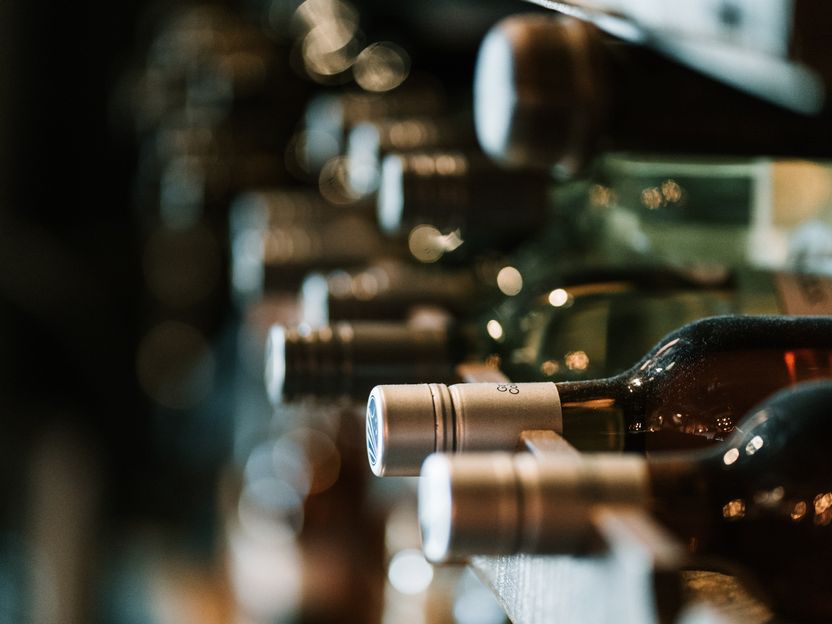Winegrowers increase wine production strongly despite drought
Advertisement
The winegrowers in Germany have produced significantly more wine last year despite a long drought. With
8.94 million hectoliters of wine and must, the volume was six percent or 491 800 hectoliters above the previous year's level, as reported by the Federal Statistical Office on Monday. Measured against the medium-term average for the years 2016 to 2021, 3.5 percent more wine and must were produced.
The prolonged drought last year caused yield losses in young plants or at sites with low water storage capacity, the statisticians in Wiesbaden explained. "The older vines coped comparatively well because of their deep roots." At the same time, they said, the dry summer led to little fungal infestation and had a positive effect on the health of the grapes. There were also no large-scale late frosts or major storms such as hail in 2022. In addition, widespread rain shortly before the harvest had caused yields to rise.
According to the statistics, two-thirds of the wines produced were white wines, and one-third were red wines, including rosé and Rotling. Converted into 0.75-liter bottles, around 1.2 billion bottles of must and wine were produced. Prädikat wine accounted for 21 percent of the volume, significantly more than in 2021 (15 percent).
The two major wine-growing regions of Rheinhessen and Pfalz alone contributed just under half of all German wine and must, with 2.44 million hectoliters and 1.79 million hectoliters respectively. The wine-growing region of Baden followed in third place with 1.37 million hectoliters./als/DP/mis (dpa)

Hermes Rivera / Unsplash
Note: This article has been translated using a computer system without human intervention. LUMITOS offers these automatic translations to present a wider range of current news. Since this article has been translated with automatic translation, it is possible that it contains errors in vocabulary, syntax or grammar. The original article in German can be found here.




























































